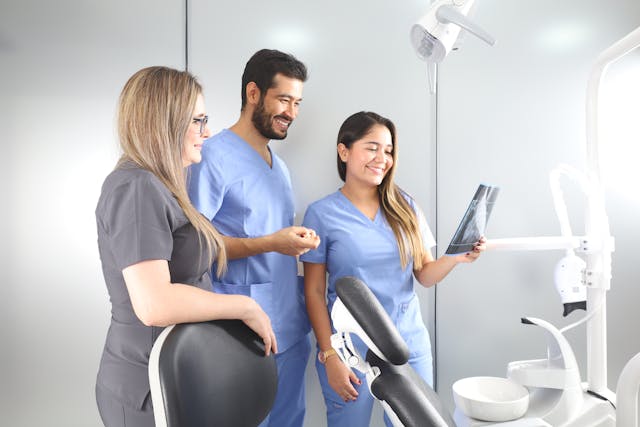June is Men’s Health Month, a time dedicated to raising awareness about the unique health challenges men face and promoting preventative measures to ensure long and healthy lives. As part of this important initiative, we’re diving into one of the critical aspects of men’s health: advancements in colonoscopies.
Recent advancements in colon cancer detection have focused on improving the accuracy, accessibility, and non-invasiveness of screening methods. Here are some notable developments:
1. Liquid Biopsy and Blood Tests
Circulating Tumor DNA (ctDNA): Liquid biopsies that analyze ctDNA can detect genetic mutations associated with colon cancer. This method allows for early detection and monitoring of cancer without invasive procedures.
Blood-based Biomarkers: Researchers are identifying specific biomarkers in the blood that indicate the presence of colon cancer. Tests like the Epi proColon, which detects methylated SEPT9 DNA, have been developed and are being refined.
2. Stool-based Tests
Multitarget Stool DNA Tests (mt-sDNA): Tests like Cologuard analyze stool samples for DNA mutations and blood associated with colon cancer and precancerous polyps. These tests have high sensitivity and can be done at home.
Fecal Immunochemical Test (FIT): FIT detects hidden blood in the stool, a common sign of colon cancer. It’s non-invasive, easy to use, and more accurate than older fecal occult blood tests (FOBT).
multitarget FIT (mtFIT) test: Researchers at the Netherlands Cancer Institute have developed a new stool test that may detect signs of colorectal cancer earlier and more effectively than existing tests. Published in The Lancet, the study found that the multitarget FIT (mtFIT) test, which measures hemoglobin, calprotectin, and serpin family F member 2 levels, outperformed the current fecal immunochemical test (FIT). Among 13,187 participants, the mtFIT test identified more abnormal protein levels, suggesting better detection of pre-cancers and polyps. This advancement could lead to a significant reduction in colorectal cancer cases and deaths, improving early detection and survival rates. Further studies are needed to compare the mtFIT test with commercially available tests.
3. Advanced Imaging Techniques
Artificial Intelligence (AI) in Colonoscopy: AI-powered tools assist gastroenterologists during colonoscopies by enhancing polyp detection rates and reducing the likelihood of missing lesions.
High-Resolution Imaging: Techniques like narrow-band imaging (NBI) and confocal laser endomicroscopy provide clearer, more detailed views of the colon’s mucosal surface, improving the detection of subtle lesions.
4. Genetic and Molecular Testing
Next-Generation Sequencing (NGS): NGS technologies enable comprehensive genetic profiling of tumors, helping to identify specific mutations and guide personalized treatment plans.
Molecular Markers: Identifying molecular markers such as KRAS, NRAS, and BRAF mutations, as well as microsatellite instability (MSI), helps in assessing cancer risk and determining appropriate therapies.
5. Non-Invasive Imaging Techniques
Virtual Colonoscopy (CT Colonography): This non-invasive imaging technique uses CT scans to create detailed images of the colon and rectum. It’s a less invasive alternative to traditional colonoscopy and can be particularly useful for patients unable to undergo standard procedures.
Magnetic Resonance Colonography (MRC): Similar to CT colonography, MRC uses MRI technology to visualize the colon. It’s another non-invasive option, though less commonly used.

6. Enhanced Patient Accessibility and Comfort
At-Home Screening Kits: Innovations in at-home testing kits, like those for FIT and mt-sDNA, have made screening more accessible and convenient, potentially increasing participation rates in regular screening programs. Research led by the Perelman School of Medicine at the University of Pennsylvania found that colorectal cancer screening rates more than doubled when patients were given a choice between a take-home test or a colonoscopy, compared to offering only a colonoscopy.
Telemedicine and Remote Monitoring: The integration of telemedicine allows patients to discuss test results and next steps with healthcare providers remotely, improving follow-up care and reducing the need for in-person visits.
7. Artificial Intelligence and Machine Learning
AI Algorithms for Risk Assessment: AI is being used to develop algorithms that analyze patient data, including medical history, genetics, and lifestyle factors, to assess individual risk for colon cancer and recommend personalized screening schedules.
Improved Pathology: Machine learning models are enhancing the accuracy of pathology by analyzing biopsy samples for subtle signs of cancer that might be missed by human eyes.
These advancements are collectively improving the early detection of colon cancer, leading to better patient outcomes through earlier intervention and more personalized treatment plans.
Virtual Colonoscopy Interpretations
As we observe Men’s Health Month and recognize the critical advancements in colorectal cancer screening, it is essential to highlight the importance of accessible and accurate diagnostic tools. At Vesta Teleradiology, we specialize in providing expert interpretations for Virtual Colonoscopies, ensuring timely and precise readings that can make a significant difference in early detection and treatment outcomes. Partner with us for your Virtual Colonoscopy needs and contribute to better health outcomes in your community. Together, we can make a meaningful impact on men’s health and beyond.
Sources:
Healthline.com
Pennmedicine.org
Mayoclinic.org
Openai.com

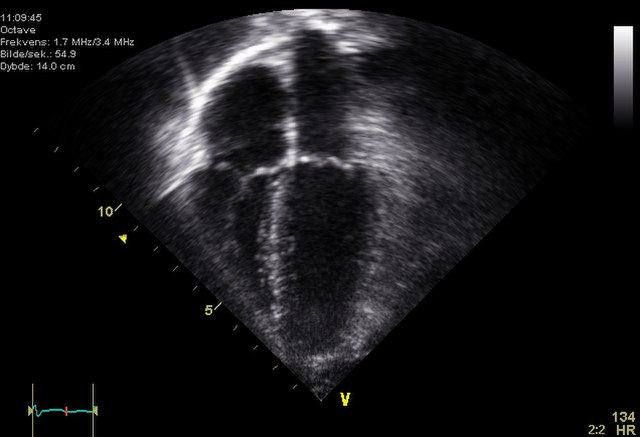
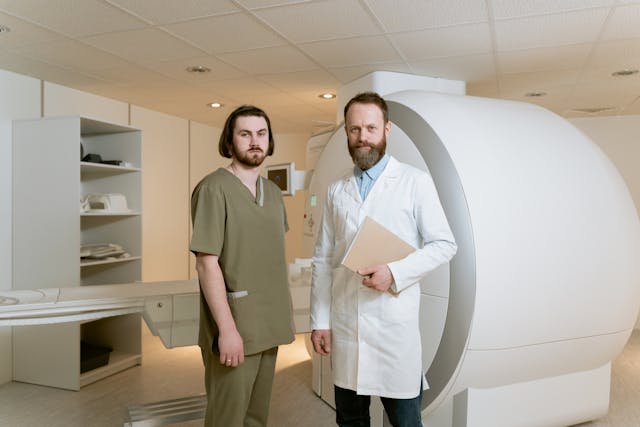



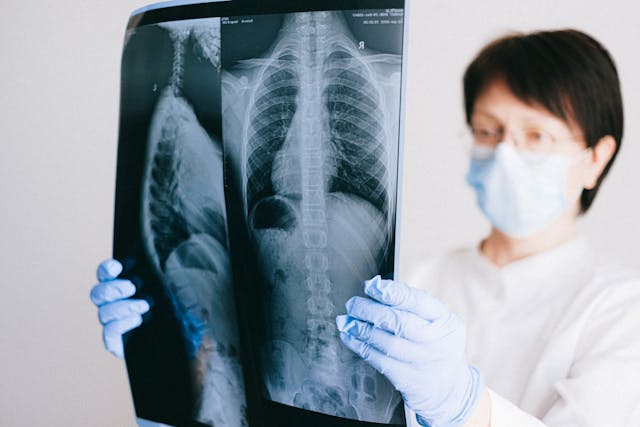
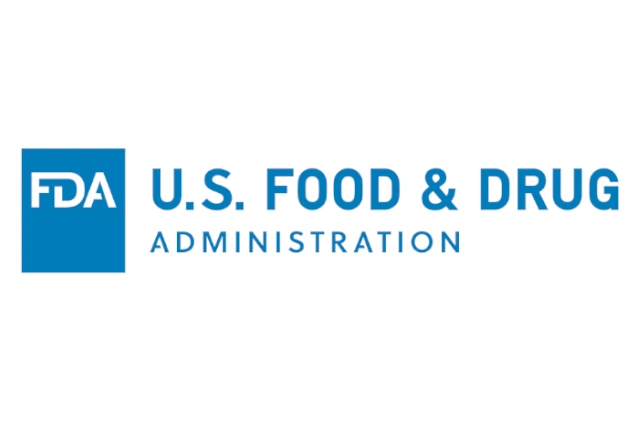 Sources:
Sources:

